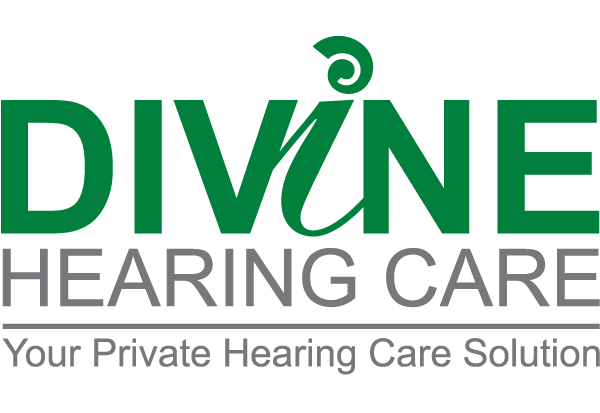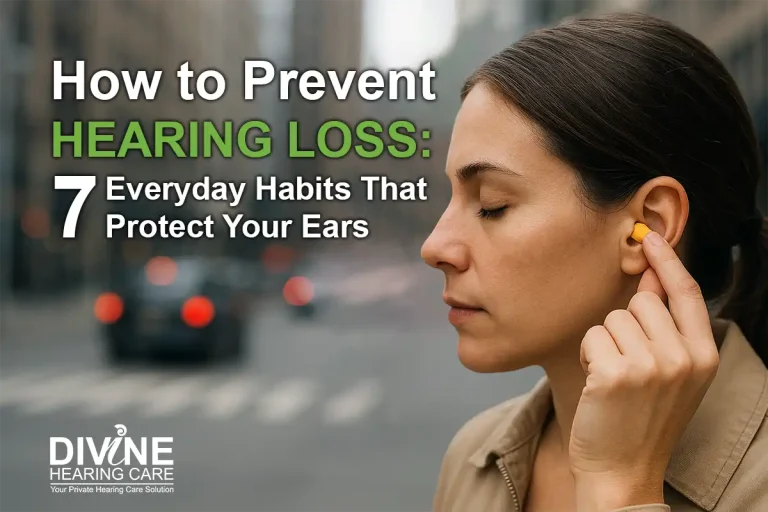How to Choose the Right Hearing Aid for You: 5 Practical Tips
With age, long-term exposure to noise, or ear-related conditions, hearing loss has become increasingly common in modern society.
Many people, when they first notice that they can’t hear clearly, often think it’s just a “small problem,” or they simply buy a random hearing aid to try.
However, this approach often leads to frustration.
Choosing the right hearing aid is just like getting a pair of glasses — it requires understanding your hearing condition, your lifestyle, and the characteristics of different hearing aid models. Only then can you truly improve your listening experience.
Here are five practical tips to help you make a smarter decision when choosing a hearing aid.
1. Get a Professional Hearing Test First
Before buying a hearing aid, the first and most important step is to have your hearing professionally tested.
Hearing loss can result from many causes — including aging, noise exposure, ear infections, or earwax buildup — and each cause requires a different type of hearing aid.
At a professional hearing centre, an audiometer is used to test your hearing sensitivity at different frequencies, producing an audiogram.
From this chart, a hearing specialist can determine the degree of your hearing loss (mild, moderate, severe or profound) and recommend the right hearing aid model and fine-tuning plan for your needs.

2. Choose a Model That Fits Your Lifestyle
Everyone’s lifestyle is different — some people are active outdoors, while others spend most of their time in offices or quiet environments.
Your hearing aid should match how and where you use it.
- Active individuals: Choose a model with strong noise reduction and wind suppression.
- Frequent talkers: Opt for models with advanced speech enhancement for clearer conversations.
- Seniors at home: A simple, soft-sounding, easy-to-handle model may be ideal.
Modern hearing aid technology is incredibly advanced — from behind-the-ear (BTE) to completely-in-canal (CIC) designs, rechargeable batteries to Bluetooth phone connectivity.
The key is: don’t just look at the brand or appearance — choose based on your hearing needs and daily life.
3. Prioritise Comfort and Proper Fitting
A hearing aid isn’t something you wear once in a while — it’s a device you’ll use for many hours every day.
That’s why comfort is crucial.
First-time users often feel “echo” or “blocked” sensations — this is a normal part of the adjustment period.
Your hearing specialist will fine-tune the amplification, noise reduction, and ear mold fit to make the sound feel more natural and the device more stable.
Once it feels comfortable, you’ll be more willing to wear it daily — and regain confidence in communication faster.
4. Understand After-Sales Service and Maintenance
A hearing aid is not a one-time product — it requires regular care and periodic adjustments.
Humidity, earwax, and sweat can all affect performance over time.
When choosing a provider, consider:
- Do they offer regular cleaning and performance checks?
- Is there warranty and repair support?
- Can parts like batteries or ear molds be easily replaced?
A reliable hearing centre will always provide complete aftercare, including follow-up hearing reviews and upgrade recommendations when needed.
5. Let a Professional Hearing Aid Consultant Choose for You
There are countless hearing aid brands and models, but trying too many doesn’t always help.
Each brand has its own sound characteristics — some are clearer and sharper, while others sound softer and more natural.
Instead of testing randomly, trust an experienced hearing aid specialist to recommend the most suitable model based on your hearing report, communication needs, and living environment.
This saves time and ensures you get the most comfortable and natural listening experience possible.
Bonus Tip: Keep the Right Mindset
Many people still hesitate to wear hearing aids, worrying about how they look or feeling that “it makes me seem old.”
In reality, modern hearing aids are small, stylish, and smart — some even stream music or calls directly from your phone.
Wearing a hearing aid is just like wearing glasses — it’s a smart way to improve your quality of life.
The key is to face hearing loss early. The sooner you start wearing one, the faster your brain adapts — and the better the results.
Frequently Asked Questions (FAQ):
No, hearing aids don’t “cure” hearing loss. They amplify and optimize sound based on your hearing profile, helping your brain receive sound signals more effectively.
Hearing loss is usually permanent, but with a hearing aid, you can significantly improve clarity and communication in daily life.
If you often ask people to repeat themselves, turn up the TV volume, or struggle to hear conversations in noisy environments — these are early signs of hearing loss.
A professional hearing test can quickly and accurately determine your hearing condition.
Most people need 3–6 months to fully adapt.
At first, sounds may seem too loud or unnatural, but as your brain adjusts, they’ll feel more balanced.
Your hearing specialist can fine-tune the settings based on your feedback to make the adjustment period more comfortable.
Yes — consistent daily use helps your brain maintain “listening habits” and prevents further decline in hearing comprehension.
You only need to remove it when bathing, sleeping, or in very humid environments.





